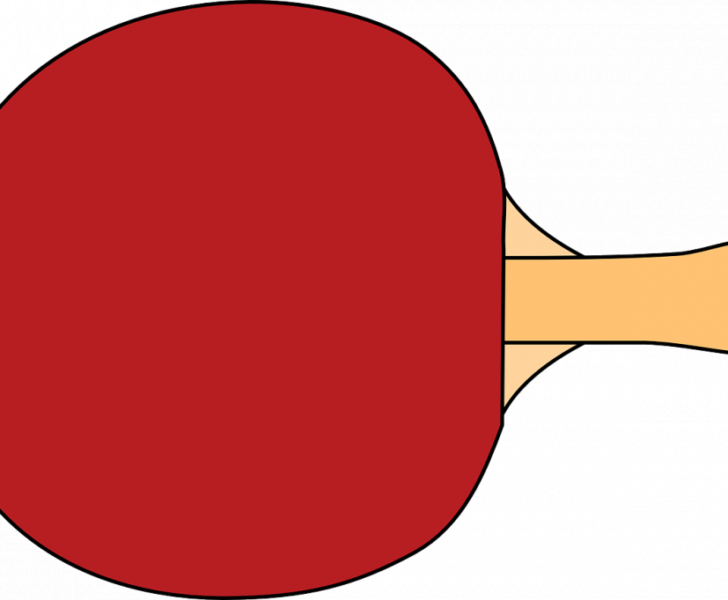Grand Slam Tennis: The Ultimate Guide

Grand Slam Tennis: The Pinnacle of the Tennis World
Introduction:

Tennis is a popular sport that captivates millions around the globe. Among the various prestigious tournaments, Grand Slam tennis stands out as the pinnacle of the tennis world. In this comprehensive article, we will explore the essence of Grand Slam tennis, its different types, popularity, quantitative measurements, variations between tournaments, and a historical overview of its pros and cons.
Understanding Grand Slam Tennis
Grand Slam tennis refers to the four major annual tennis tournaments: the Australian Open, the French Open, Wimbledon, and the US Open. These tournaments are considered the most important and prestigious events in the tennis calendar. What sets them apart from other tournaments is their rich history, worldwide recognition, and significant prize money.
The Types of Grand Slam Tennis Events
1. The Australian Open:
The Australian Open, held in Melbourne, is the first Grand Slam tournament of the year. Known for its fast-hard court surface, it attracts top players from around the world. The warm weather and vibrant atmosphere create a unique experience for both players and fans.
2. The French Open:
The French Open, also known as Roland Garros, takes place at the Stade Roland Garros in Paris. Played on clay courts, it presents a different challenge for players. The tournament’s rich heritage, stunning setting, and passionate spectators make it one of the most respected events in the tennis world.
3. Wimbledon:
Wimbledon, held in London, is the oldest and most prestigious Grand Slam tournament. Played on grass courts, it exudes tradition, elegance, and a sense of British charm. The tournament’s strict dress code and iconic Centre Court make it a favorite among players and fans alike.
4. The US Open:
The US Open, held in Flushing Meadows, New York City, is the final Grand Slam tournament of the year. Known for its hard courts and vibrant crowd, the event boasts night sessions and thrilling matches. The US Open’s electric atmosphere and top-notch facilities make it a standout Grand Slam event.
The Popularity of Grand Slam Tennis
Grand Slam tournaments are incredibly popular among tennis enthusiasts and casual fans alike. These events attract global attention and fervent media coverage. The tournaments’ worldwide broadcast reach, star-studded player lineups, and high-quality matches make them must-watch events for millions of viewers. Grand Slam tennis offers an unparalleled platform to showcase skills, determine greatness, and engage audiences worldwide.
Quantitative Measurements in Grand Slam Tennis
1. Prize Money:
Grand Slam tournaments offer substantial monetary rewards, with each tournament increasing its prize pool year after year. These financial incentives attract players from all corners of the globe, ensuring a highly competitive field in each tournament.
2. TV Viewership:
The TV viewership of Grand Slam tennis is measured in billions. Millions tune in to watch the matches live, contributing to the tournaments’ massive global reach. The combination of quality coverage, intense rivalries, and high-stakes matches keeps audiences hooked throughout the tournaments.
[INSERT VIDEO HERE: A captivating highlight reel showcasing memorable moments from previous Grand Slam tournaments.]
Differences Between Grand Slam Tournaments
Grand Slam tournaments differ from one another in various aspects, creating unique experiences for players and spectators.
1. Court Surface:
The Australian Open uses a fast hard court, the French Open features a slow clay court, Wimbledon showcases a grass court, and the US Open is played on a medium-paced hard court. Each surface requires different playing styles, adding to the diversity and challenge of the game.
2. Atmosphere:
The atmosphere at each Grand Slam tournament is influenced by local culture, fan traditions, and historical significance. From the festive atmosphere at the Australian Open to the refined elegance of Wimbledon, each tournament has its own distinct atmosphere that adds to its allure.
3. Scheduling:
The timing of Grand Slam tournaments throughout the year affects players’ physical and mental readiness. The Australian Open takes place in January, the French Open begins in May, Wimbledon starts in June, and the US Open concludes the Grand Slam calendar in September. These varying timeframes offer unique challenges to players and contribute to the overall narrative of the tennis season.
Historical Overview of the Pros and Cons of Grand Slam Tennis
1. Pros:
– Prestige: Winning a Grand Slam title is the pinnacle of achievement in tennis, with players etching their names into the sport’s history books.
– Financial rewards: Grand Slam tournaments offer substantial prize money, providing players with financial security and motivation.
– Global platform: The worldwide reach of Grand Slam tennis allows players to showcase their talents on the grandest stage and attract international recognition.
2. Cons:
– Physical toll: The demanding nature of Grand Slam tournaments, which require players to compete in best-of-five-set matches, can lead to injuries and fatigue.
– Pressure: The enormous pressure to perform in front of millions of viewers and passionate crowds can sometimes negatively impact players’ mental well-being.
– Inequality: The distribution of prize money and attention across genders has historically been unequal, with the women’s game often not receiving equal recognition.
Conclusion:
Grand Slam tennis is the epitome of the sport, captivating audiences worldwide with its historic significance, world-class players, and breathtaking matches. The distinctive characteristics of each tournament, along with their quantitative measurements and pros and cons, contribute to the allure and excitement of Grand Slam tennis. With its global reach and unwavering appeal, this ultimate test of skill and endurance continues to enthrall and inspire both players and fans alike.











